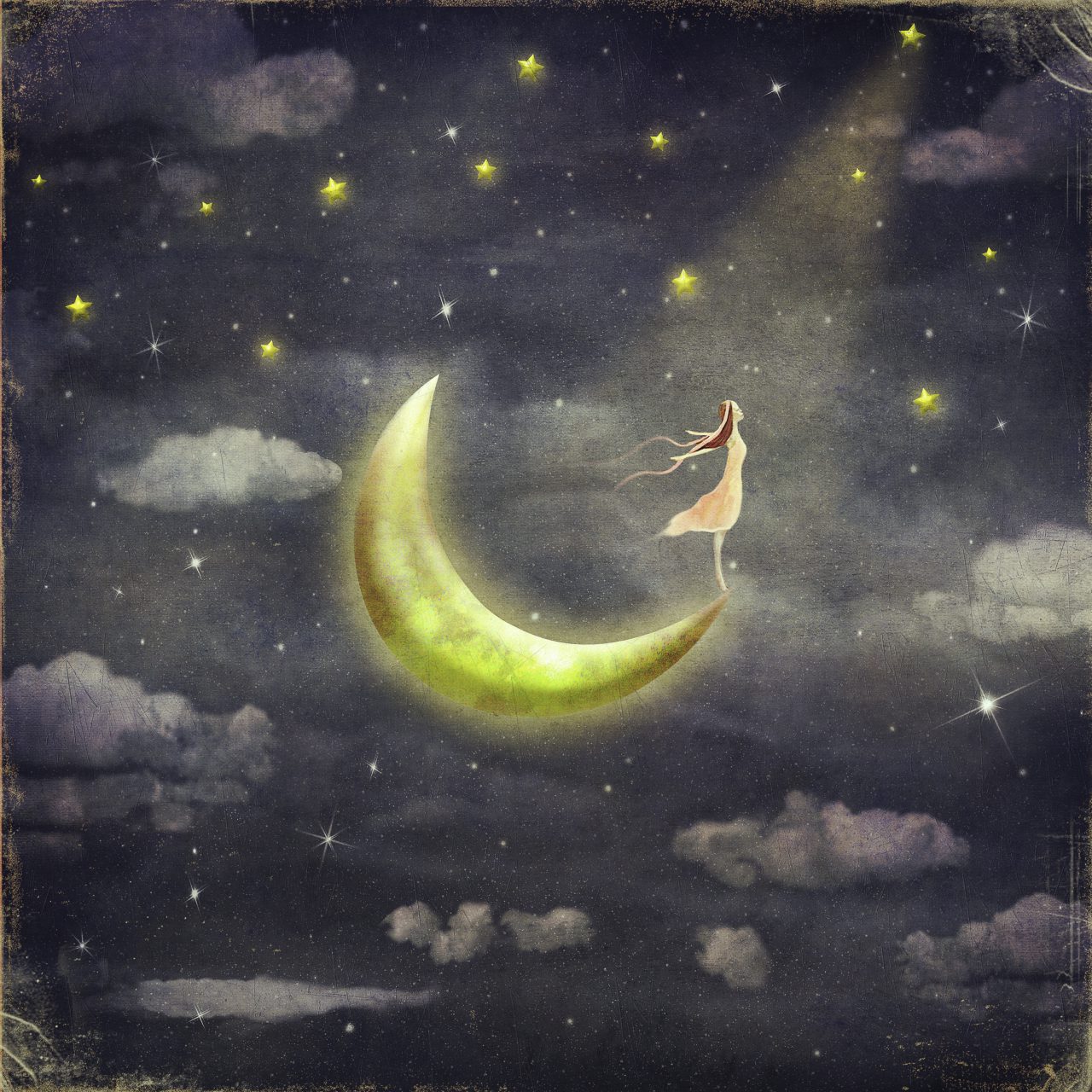I had a vivid and disturbing dream last night. It was of the kind I call episodic, as it was punctuated by a brief period of urological wakefulness, put on pause, so to speak, until I should fall back asleep. This is a not uncommon experience for me, and the pattern is invariable. During my wakeful intermission, the dream’s details seem to me so vivid, so important, so clearly delineated in all their minute variety that I shall surely remember them clearly in the morning. Then morning comes, and nothing ⸺ or so close to nothing as to make little difference. Of this particular dream I retain only one feature beyond a general feeling of its menace: it had within it some important element of the tripartite. I have a vague sense of three bullet points, three neutral graphic marks out of a typecase, but without the explication of intelligible language.
Great poets have often compared the insubstantiality, no less than the brevity, of dreams with human mortality itself. "We are such stuff as dreams are made on," says Prospero in a speech justly famous, "and our little life is rounded with a sleep." This same thought finds a more explicitly Christian expression in a well-known hymn of Isaac Watts:
Time, like an ever-rolling stream,
Bears all its sons away;
They fly forgotten, as a dream
Dies at the opening day.
The subject of my doctoral dissertation was the huge 13th century French poem called the "Romance of the Rose," a poem that has a claim to be called the most popular work of secular poetry to be produced in the European Middle Ages. It is a "dream vision" ⸺ that is, a fiction pretending to be the account of the poet’s dream. It was neither the first nor the last of its genre, but it was undoubtedly one of the most influential, and the circumstances of its composition also made it a literary critic’s dream. It has two authors. The first of them, Guillaume de Lorris, was probably working in the 1230s or 1240s — if he ever existed, that is. Absolutely everything we know about him comes from a man named Jean de Meun, who continued and vastly enlarged Guillaume’s work 40 years after he died, leaving his fragmentary vision unfinished. Concerning Jean de Meun, a solidly historical figure who was in effect the writer in residence at the court of Phillip the Fair, we know a good deal. He was for his day a major humanist scholar, the translator of several important Latin works.
Guillaume himself was no slouch when it came to dream-lore, the problematical nature of which is summarized in the opening lines of his poem: "Some people say that in dreams there is nothing but fables and lies…" The suspicion is underscored in the French by the power of rhyme. The word for dreams is songes, and that for lies mensonges: two concepts similar to eye and ear and, by implication, in their essence. This negative view of dreams however is not uncontested, and in the following lines Guillaume cites a learned Latin authority, Macrobius the author of a book called a "Commentary on [Cicero’s] ‘Dream of Scipio,’" who maintains that dreams can be reliable conveyors of truth. In fact, the most important part of his widely read "Commentary" is a system of classification distinguishing between significant and insignificant dreams.
Modern dream-lore — such as that in Freud’s "Interpretation of Dreams" and to a large extent also in Jung ⸺ is based in a modernist concept of the individual personality unknown in classical and medieval times. That is, the old dream theory held that dreams communicated through a socially shared and objective vocabulary of images rather than by the operations of a unique personal psychology. There is a pretty large dream literature in ancient Greek and Latin, typified by the popular "Onirocriticon" or "Dream Interpretation" of Artemidorus in the 2nd century. This is mainly a catalogue or dictionary of the meaning of various dream images ⸺ an eagle, an arrow, a snowfall, and so forth.
Macrobius inherited and refined a substantial scientific tradition. He admitted that many dreams were philosophically meaningless manifestations of gross passion, bad digestion or other moral or physical disturbances. But other dreams were literally or allegorically significant. When the god Mercury appears in a dream of the hero Aeneas, instructing him that he must sail from Carthage forthwith, the command is to be taken as a literal oracle. Far more interesting and difficult are symbolic or allegorical dreams, since the correct understanding of allegory requires not merely interpretation but morally sound interpretation.
There is a famous literary dream in the "Romance of the Rose" that exemplifies the difficulty. Jean de Meun ⸺ and following him, Geoffrey Chaucer ⸺ used it as an admonition to their readers. The dream was one experienced by Croesus, King of Lydia. He was a man of enormous wealth — hence the phrase "rich as Croesus" — but crucially lacking in hermeneutical self-knowledge. He dreamed that the god Jupiter Pluvius bathed him and the god Phoebus Apollo dried him. To be waited upon so intimately by such Olympians seemed to the king a positive portent of the most unequivocal sort. But the explication of his daughter Phania, a more profound if unwelcome interpreter of the school of Cassandra, rather rained on his parade. The meaning of the dream was as follows. Croesus would be hanged upon a gibbet. The rain would pelt down upon his dangling corpse. Then the blazing sun would desiccate it. Unfortunately it was Phania’s interpretation that proved true.
Perhaps I am fortunate that the only dreams I can remember are those I read about in old books.









